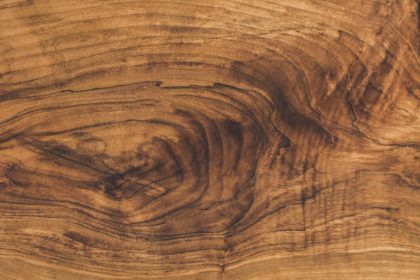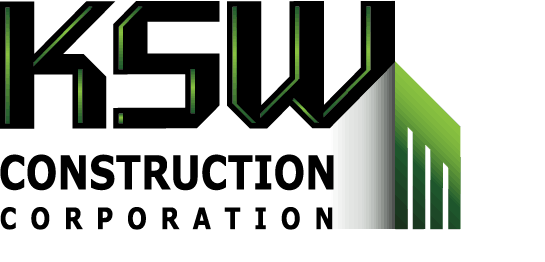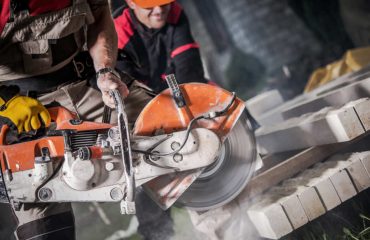
Wood flooring provides an elegant and timeless solution to homeowners looking to improve their property values and their families’ quality of life. What many don’t realize, though, is that there are actually two different types of hardwood flooring available on consumer markets. This article sets out a few of the differences between Solid vs Engineered Hardwood Floors. It also offers some advice regarding which one to choose for your next project.
Choice of Materials
Solid hardwood is a homogeneous product that is created exclusively from one type of tree. Engineered wood, on the other hand, is actually a layered product. It is fabricated out of one thin layer of hardwood attached to a base of plywood. While solid wood floors can be fabricated from a wide variety of different types of trees, including red and white oak, maple, hickory, pine, and many others, engineered wood floors can only be created using a few types of wood, which makes them less versatile as an option.
Width and Size
Solid wood flooring is almost always ¾ of an inch thick. Engineered wood flooring can range between 3/8 of an inch and ½ an inch. As far as plank width goes, solid wood flooring can be anywhere from 3.25 inches to 11 inches in width, which is similar to available sizing for engineered wood.
Sanding and Finishing
Solid wood floors are often per-finished off-site, with only 25% of contractors choosing to apply finish on-site. It is difficult to find dealers who are willing to finish engineered wood floors on-site. Both solid wood and engineered wood flooring can be sanded. But engineered wood can only be sanded once or twice before becoming too thin, requiring more frequent replacement.
Ease of Installation
It’s always a good idea to entrust flooring installation to a professional. This regardless of whether homeowners choose solid wood or engineered wood. However, it’s important to note that engineered wood is easier to install than solid wood and can be installed via a wide variety of methods, while solid hardwood must be either nailed or stapled down. This can affect the cost of hiring a flooring contractor to perform the work.
Overall Durability
Well-maintained solid wood floors will last for decades with adequate maintenance. However they are more susceptible to moisture damage than engineered wood floors. The trade-off is that engineered wood can become damaged more easily and is more challenging to repair, as it can only be sanded once or twice before wearing down its surface.
Common Applications
Both solid wood flooring and engineered wood flooring is best for applications that do not involve significant risk of moisture damage. They’re great for hallways, bedrooms, and living areas; however, both types of wood flooring can be installed in kitchens as well provided waterproof mats are placed near sinks, dishwashers, and other appliances that use water. While solid wood flooring should never be installed below grade, engineered wood can be successfully used for basement applications provided there is a proper subfloor and absolutely no moisture present.
The Takeaway
Ultimately, the choice between solid and engineered wood floors is one of personal preference. Engineered wood constitutes a more practical option for those working on a budget. However, it lacks the impressive longevity of solid wood flooring. This would be more likely to return its value even decades down the road.
KSW Construction knows that a commercial building will set the stage for how clients think of a business. They aim to turn your idea and brand into a fully fledged space from beginning to end. Being in business for over a decade, KSW strives to give efficient, reasonably priced, and quality work to each and every customer. If you need a top notch team for your commercial construction project, Contact Them Today.












